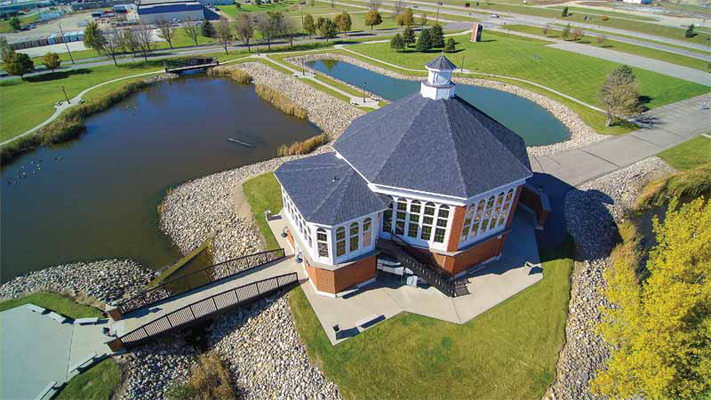
Asphalt shingles: What owners want and specifiers need to know
December 28, 2018
In addition to providing an array of beautiful roofing designs, textures, and colors, asphalt shingles provide durability, reliability, and superior value. However, as with any roof, there are multiple components that must work together to maximize performance.